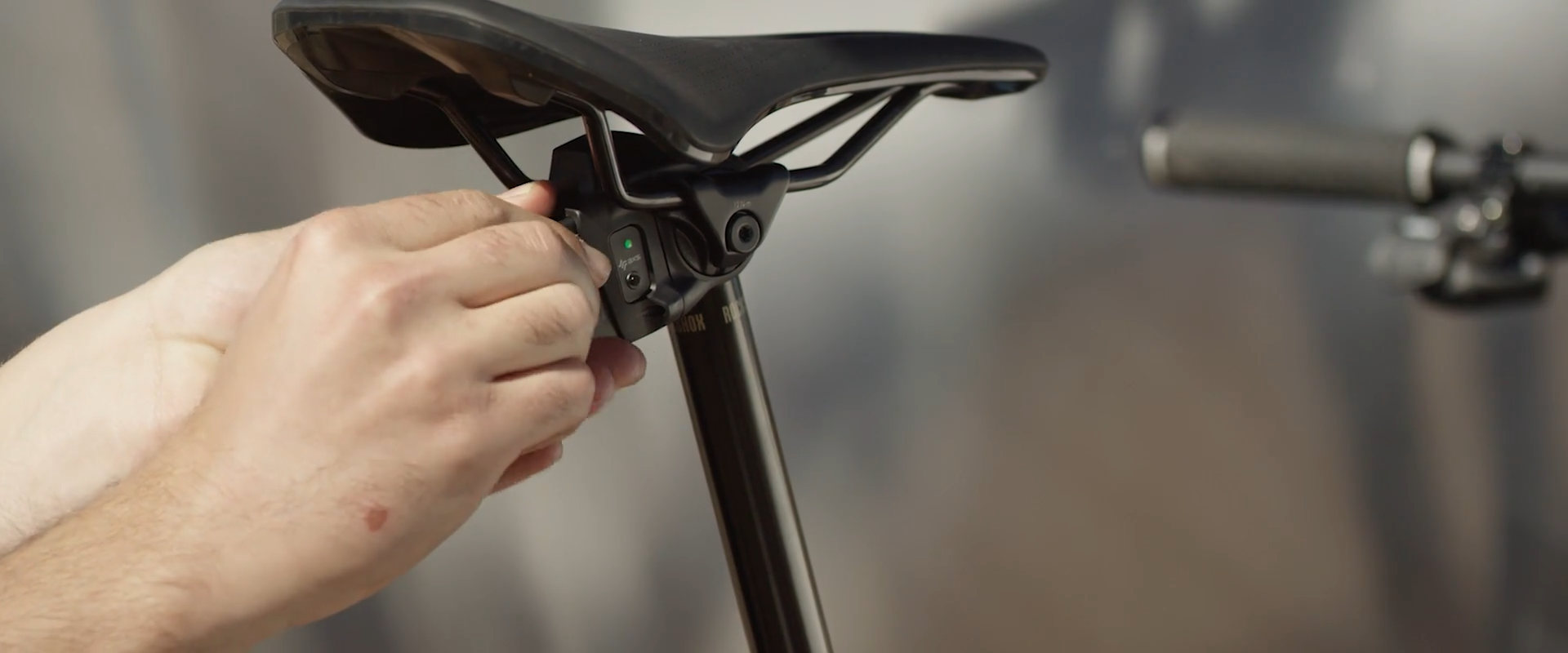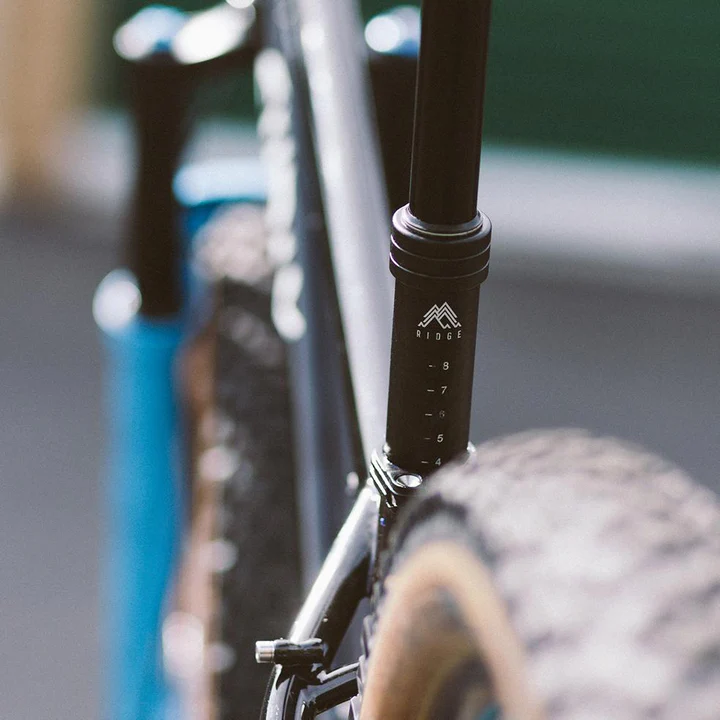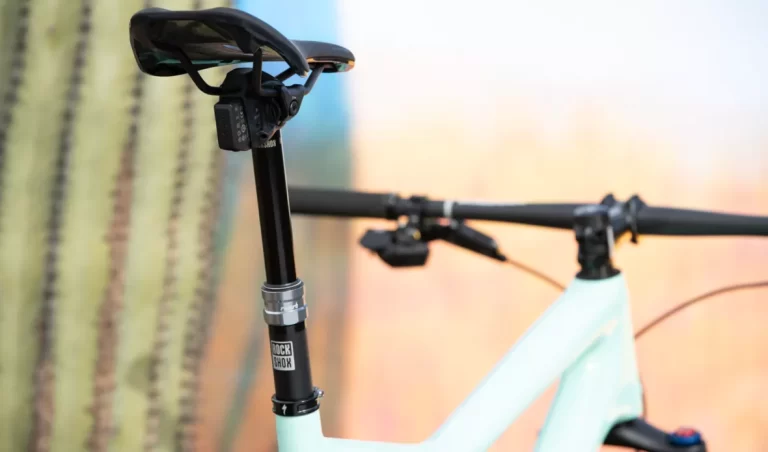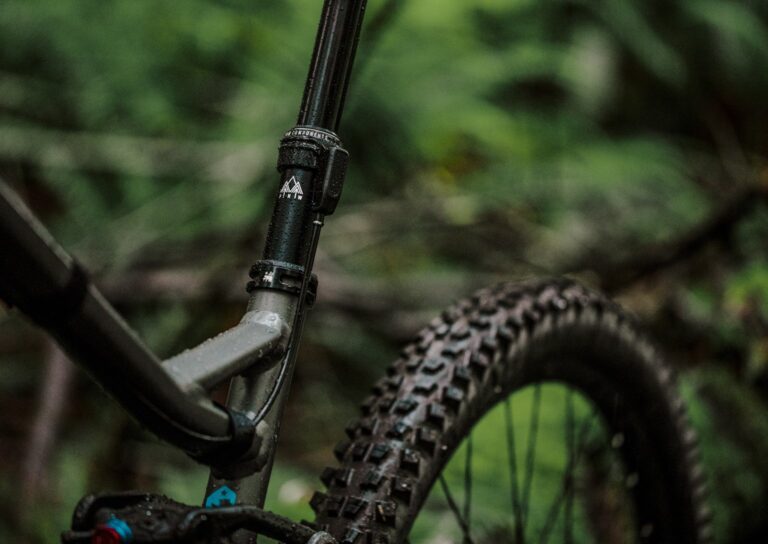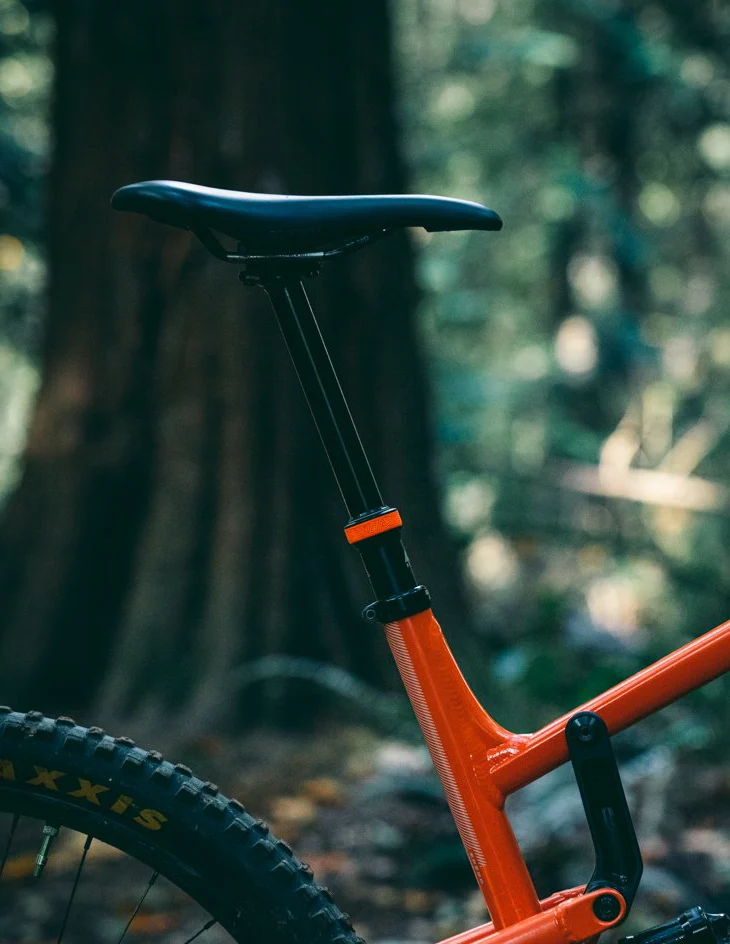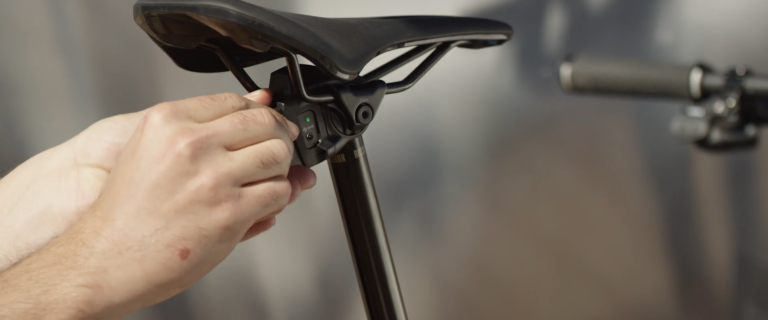Dropper Post Maintenance 101: How to Troubleshoot Common Dropper Post Issues
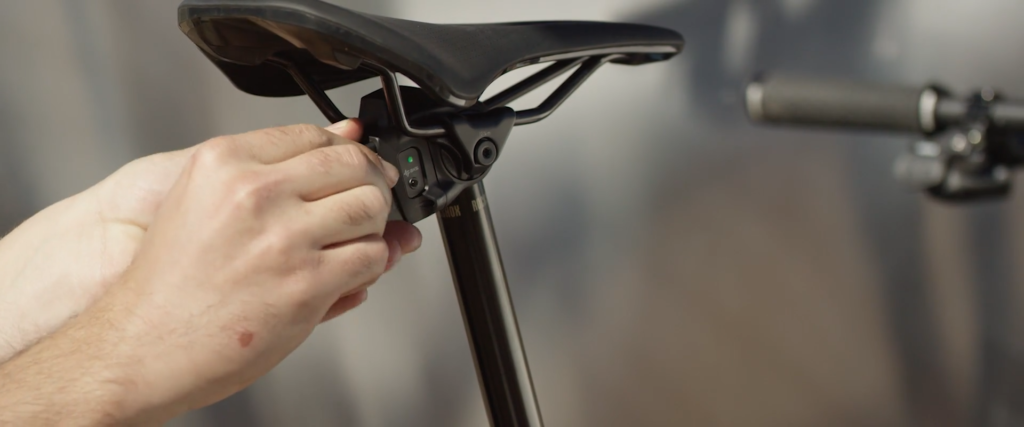
Key Point Summary of How to Troubleshoot Common Dropper Post Issues:
- Sticky or Slow Actuation: Addressing delayed response or sticking.
- Post Won’t Stay Up or Down: Solutions for seatposts failing to maintain position.
- Unresponsive Lever: Fixing levers that don’t activate the post.
- Sagging Under Weight: Addressing seatposts that sink slightly when seated.
Throughout my years pedaling across rugged mountain trails, sweeping gravel roads, and challenging cyclocross circuits, my seatpost has been an indispensable ally. Its ability to adjust my riding position with the push of a lever has transformed how I ride. However, like any piece of cycling technology, seatposts can encounter issues. This guide is designed to help cyclists, particularly those with beginner to mid-level experience, ensure a smoother ride and longer post-life.
Sticky or Slow Actuation
One of the biggest frequent issues is that’s slow to rise or descend. Often, this can be due to a lack of lubrication or dirt build-up around the stanchion. A gentle cleaning followed by the application of a suitable lubricant can work wonders. Additionally, ensure that the internal mechanism is clean and well-lubricated, according to the manufacturer’s instructions.
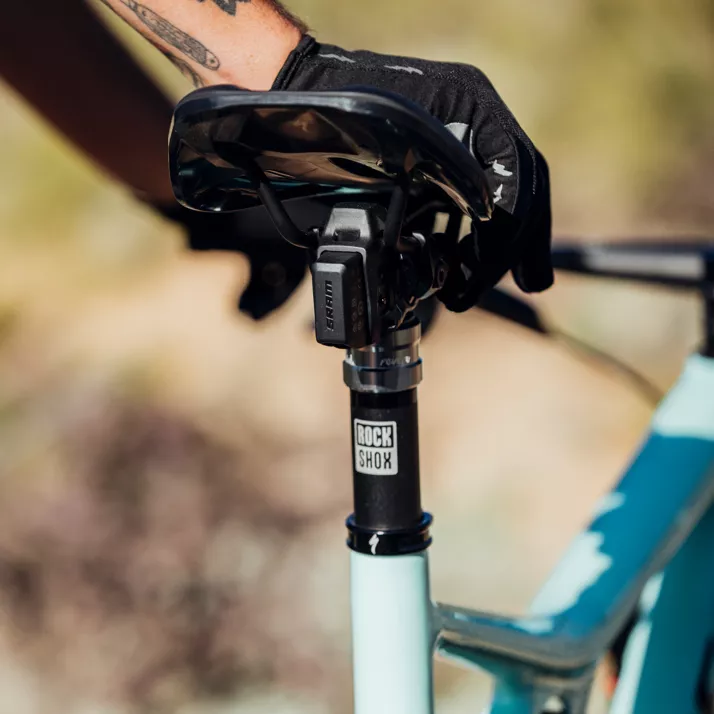
Post Won’t Stay Up or Down
If your dropper post refuses to stay in its extended or retracted position, it may be due to air entering the hydraulic system or issues with the locking mechanism. For hydraulic posts, a bleed may be necessary—a process best done by a professional if you’re unsure. For mechanical posts, checking the tightness and condition of internal components for wear and ensuring they’re correctly assembled can resolve the issue.
Unresponsive Lever
An unresponsive lever often points to cable tension problems in mechanical dropper posts. Ensuring the cable is correctly tensioned and free of kinks or fraying is crucial. For hydraulic or electronic actuation systems, checking for battery life or hydraulic fluid levels may uncover the root of the problem.
Sagging Under Weight
Sagging when seated, yet the post functions normally otherwise, indicates a potential issue with the pressure in the air chamber of pneumatic dropper posts. Adjusting the pressure (for models that allow this) or servicing the post to ensure seals are intact and properly lubricated can often resolve this issue.
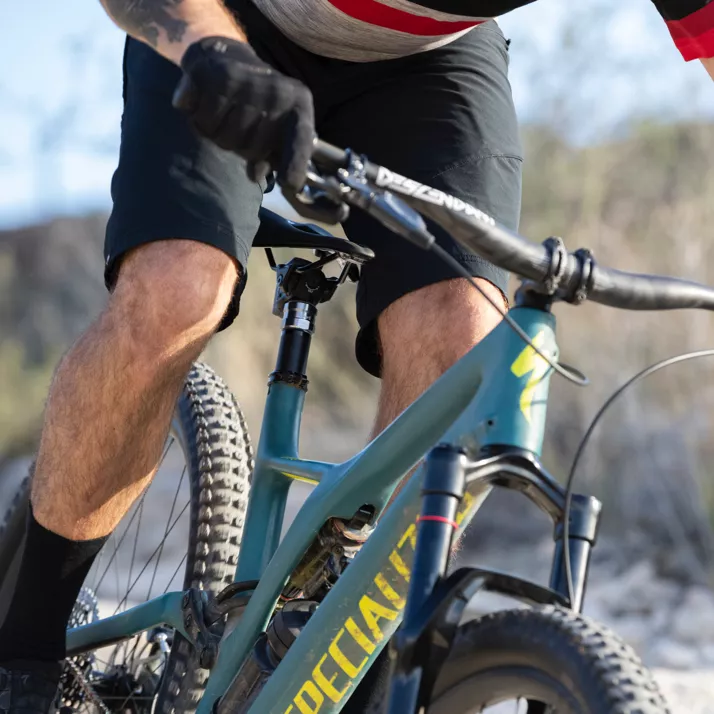
Additional Tips for Troubleshooting
- Regular Maintenance: Keeping your dropper post clean and regularly lubricated can prevent many issues from arising.
- Cable Care: For cable-actuated posts, regularly check the cable and housing for damage or wear and replace them as needed.
- Professional Servicing: Don’t hesitate to seek professional help for internal problems, especially if the guidance doesn’t resolve the issue.
How to Troubleshoot Common Dropper Post Issues: In Conclusion
A seatpost can significantly enhance your mountain biking, gravel riding, or cyclocross experiences, but it requires care and occasional troubleshooting. Understanding frequent issues and knowing how to address them can save you time and ensure your seatpost serves you well for rides to come. While many seatpost issues can be fixed at home, there’s no substitute for regular professional servicing to keep your post running smoothly and reliably. By keeping these tips in mind, you can continue to enjoy the benefits of your dropper post with minimal interruptions.
Summarizing the essence of the article on solving frequent dropper post issues, another top recommendation would be the Fox Transfer Performance Elite. This dropper post stands out for its reliability, smooth operation, and ease of maintenance, making it a favorite among cyclists of various disciplines, from mountain biking to gravel and cyclocross.
Its mechanical actuation ensures consistent performance, and the post is well-regarded for its robust build and straightforward serviceability. The Fox Transfer Performance Elite embodies the qualities sought after by riders looking to enhance their cycling experience with minimal fuss.
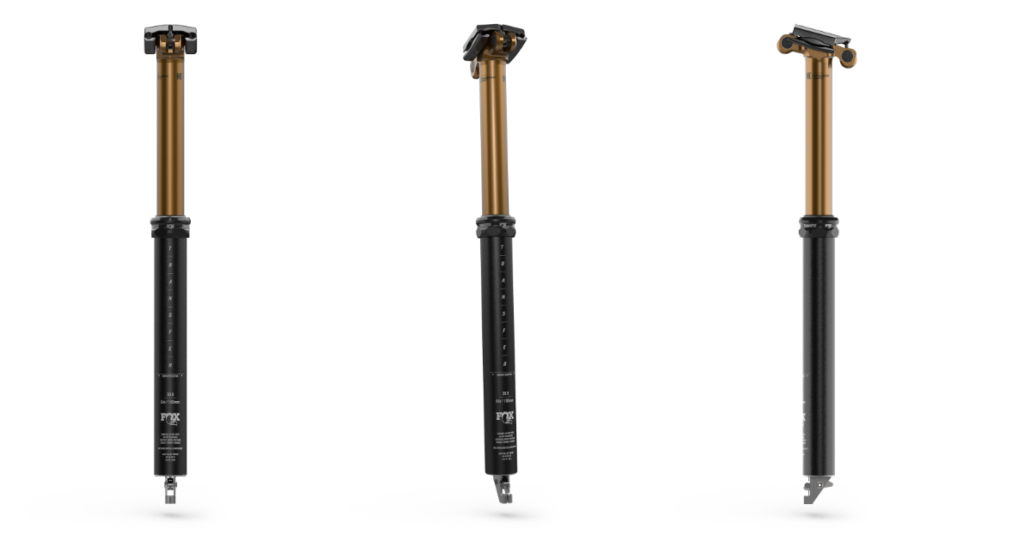
Why is my dropper post not working?
Possible reasons include lack of lubrication, cable tension issues (for cable-actuated posts), air or hydraulic fluid leakage, or internal damage.
Why does my dropper post keep going down?
This often indicates a problem with the internal sealing or air pressure for pneumatic posts, or issues with the locking mechanism for mechanical or hydraulic posts.
How do you fix a stiff dropper post?
Besides tilting it up more, try to clean the post, especially the stanchion, and applying appropriate lubricant can often resolve stiffness. Ensure the internal mechanism is also clean and lubricated according to the manufacturer’s guidelines.
How do you test a dropper post?
Engage the lever to ensure smooth actuation up and down without sticking or hesitation. Check for any sagging under weight when extended. For cable-actuated models, ensure the cable is properly tensioned and the lever feels responsive.
Ride on
John
